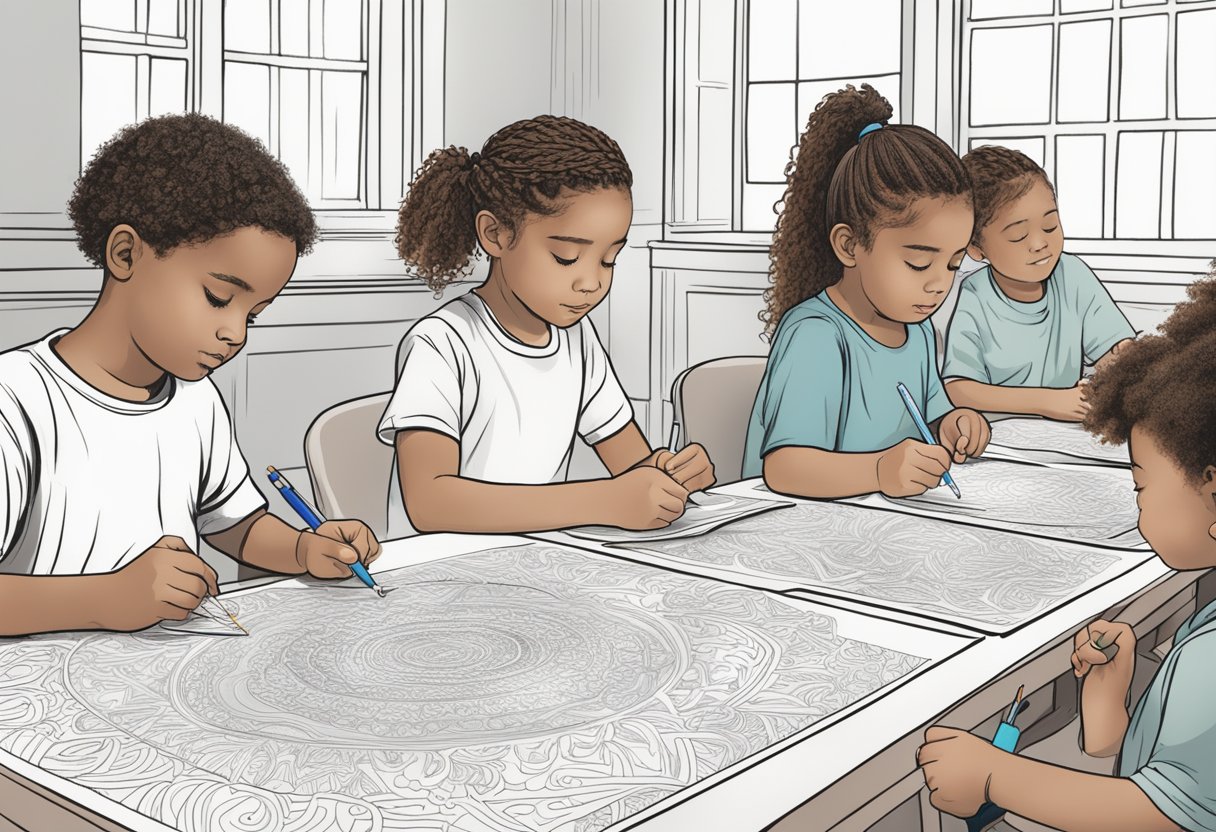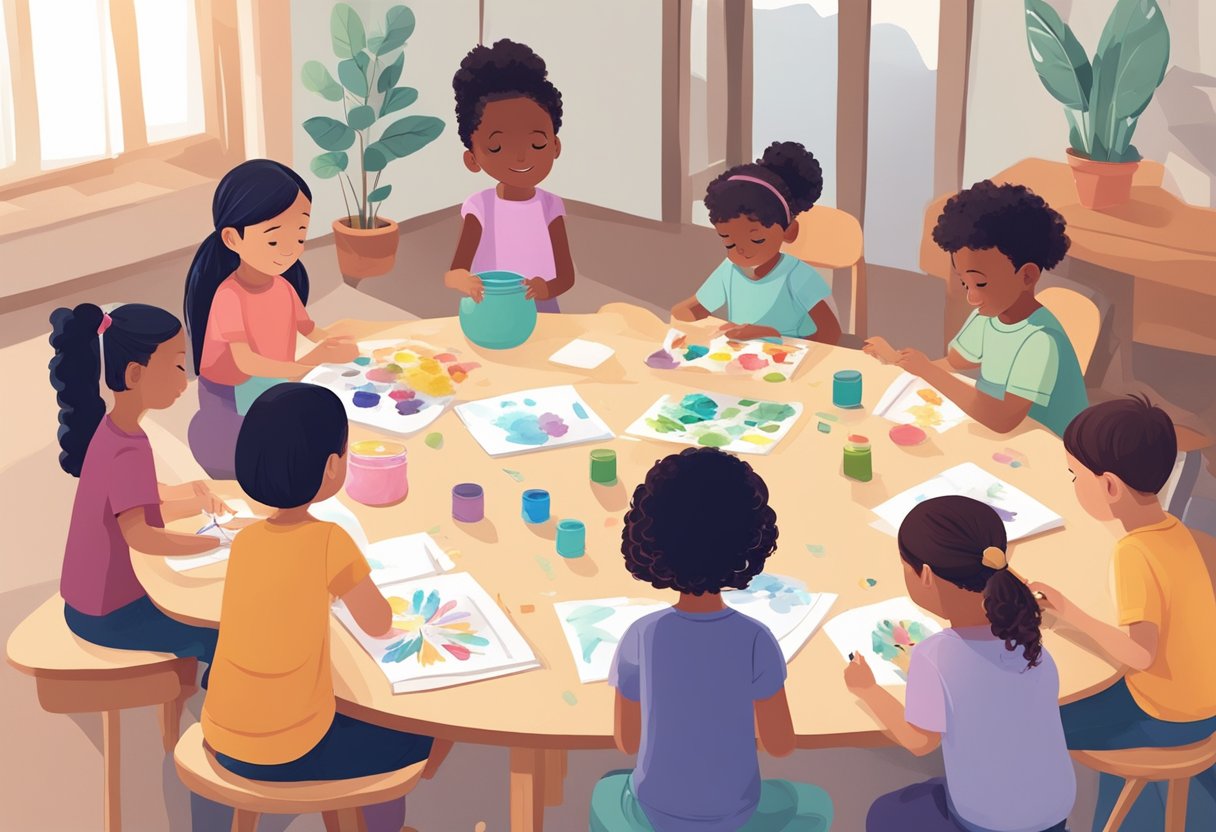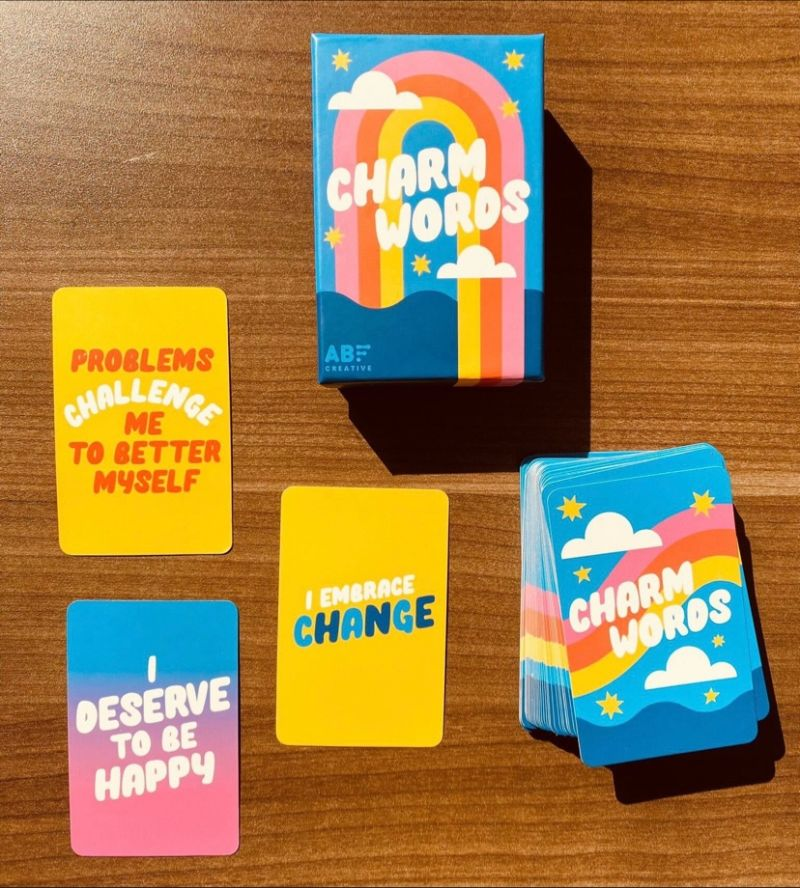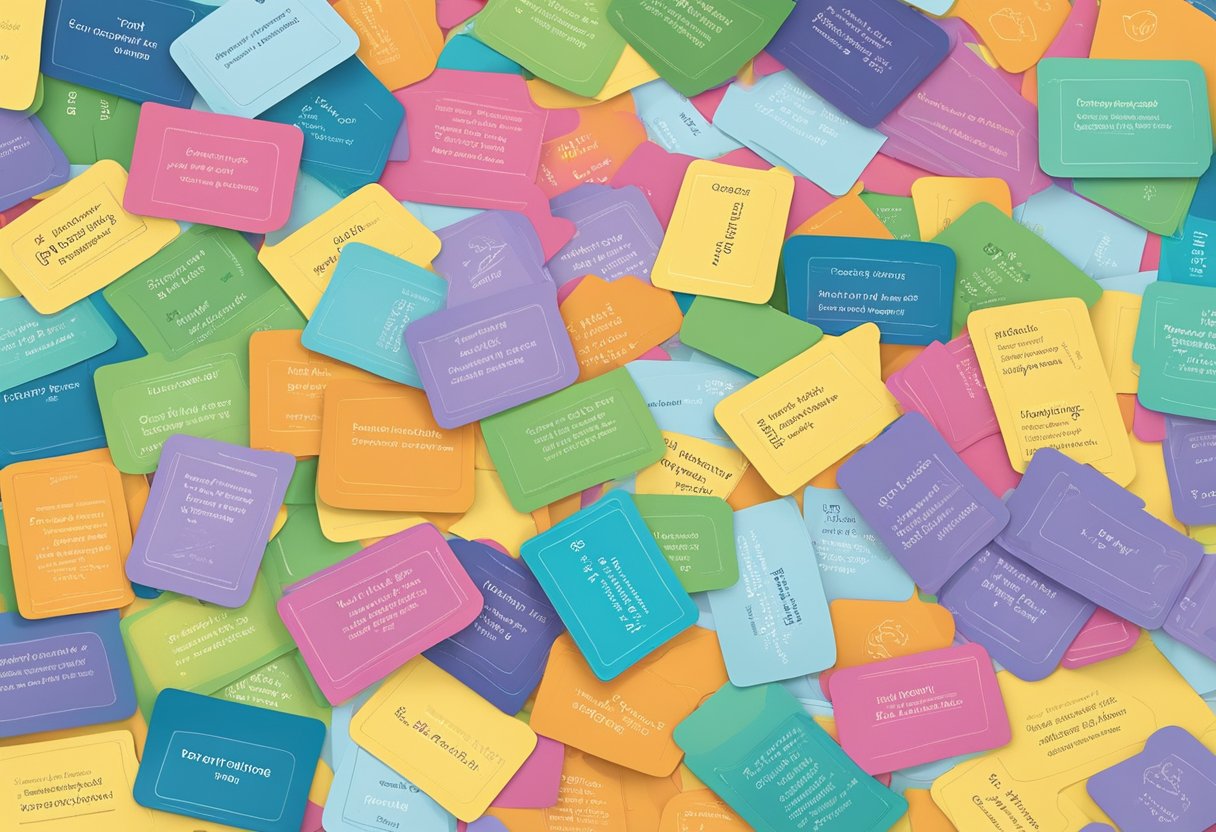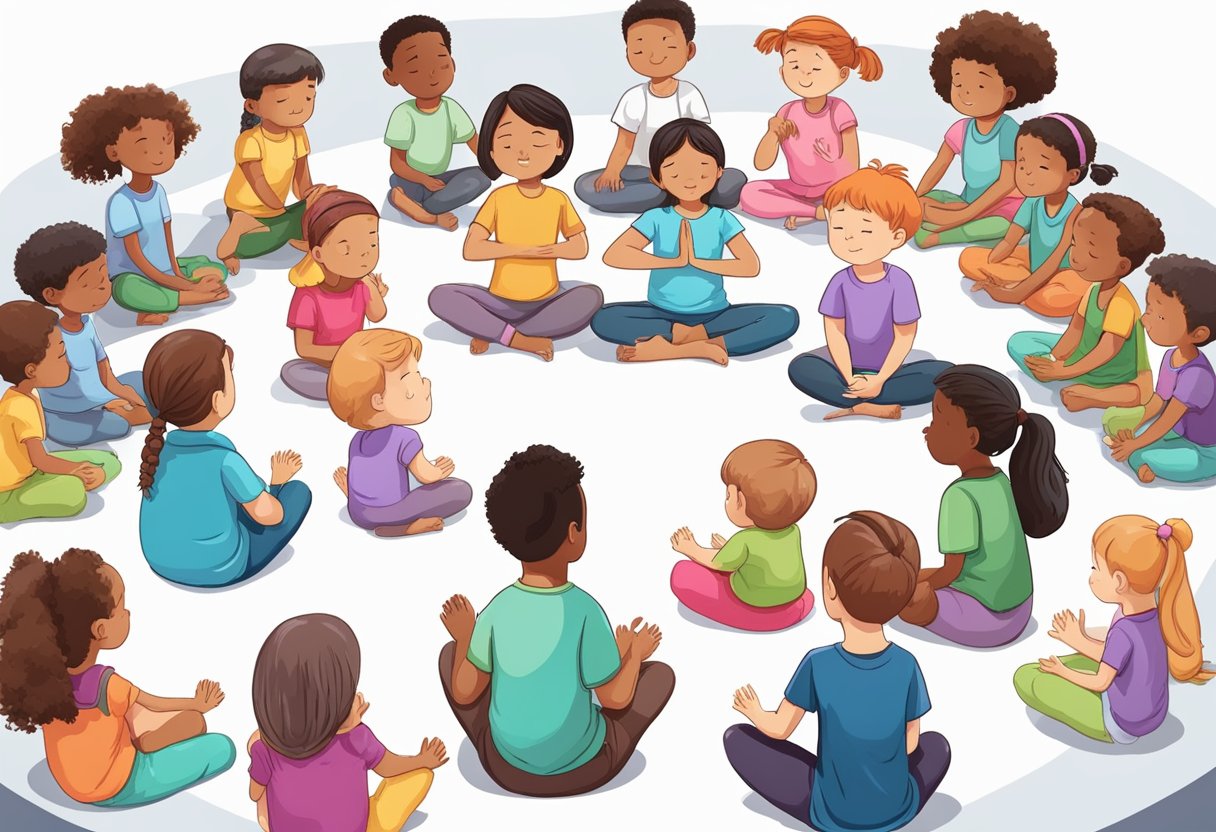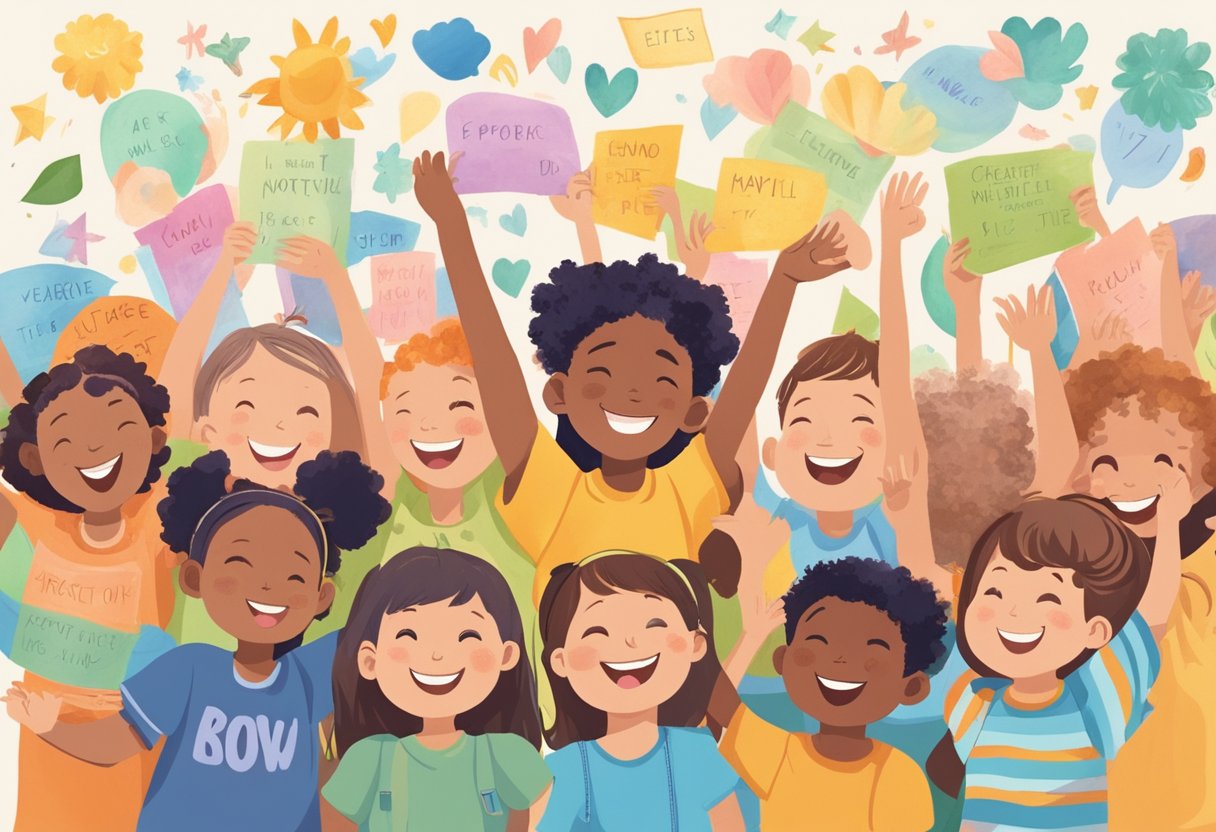Mindfulness coloring pages for kids have become increasingly popular in recent years to promote relaxation and reduce stress in adults and children. The concept behind mindfulness coloring is simple: by focusing on the present moment and the act of coloring, individuals can quiet their minds and reduce anxiety. For children, mindfulness coloring pages can be a fun and engaging way to introduce them to mindfulness practices.
Studies have shown that coloring has a calming effect on the brain, which can be especially beneficial for children struggling with anxiety or hyperactivity. Mindfulness coloring pages for kids typically feature intricate designs and patterns that require focus and attention to detail, which can help children develop their concentration skills. Additionally, coloring can help children express their emotions and improve their mood, making it a valuable tool for emotional regulation.
Benefits of Mindfulness Coloring Pages for Kids
Mindfulness coloring pages have become increasingly popular among parents and educators as a tool to help children develop various skills while promoting relaxation and stress relief. Here are some of the benefits of mindfulness coloring for kids:
Promotes Relaxation and Stress Relief
Coloring has been shown to have a calming effect on the mind and body, making it an excellent activity for children who may be experiencing stress or anxiety. Mindfulness coloring allows kids to focus on the present moment and let go of any worries or distractions, which can help them feel more relaxed and at ease.
Enhances Focus and Concentration
Mindfulness coloring requires children to pay attention to the details of the coloring page and stay within the lines, which can help improve their focus and concentration skills. By focusing on the task at hand, children can also develop their ability to block out distractions and stay on task for longer periods.
Encourages Creativity and Self-Expression
Coloring allows children to express themselves creatively and explore their imagination. Mindfulness coloring pages often feature intricate designs and patterns, which can inspire children to experiment with different colors and techniques to create their unique works of art.
Develops Fine Motor Skills and Hand-Eye Coordination
Coloring requires children to use their fine motor skills to hold and manipulate the coloring utensils, as well as their hand-eye coordination to stay within the lines and create a cohesive image. These skills are essential for a variety of activities, from writing and drawing to playing sports and musical instruments.
Overall, mindfulness coloring can be a fun and beneficial activity for kids of all ages. By promoting relaxation, enhancing focus, encouraging creativity, and developing fine motor skills, mindfulness coloring pages can help children develop important skills while having fun.
Implementing Mindfulness Coloring Pages in Daily Routines
Setting Up a Mindful Coloring Environment
Creating a mindful coloring environment is essential to the success of mindfulness coloring. The first step is to choose a quiet and peaceful space, free from distractions. Ensure that the room is well-lit and ventilated to create a relaxing atmosphere.
Next, select a comfortable chair and table appropriate for the child’s age and size. Provide a variety of coloring materials such as colored pencils, markers, and crayons. It is also important to choose coloring pages that are appropriate for the child’s age and interests.
Integrating Coloring with Mindfulness Practices
Integrating coloring with mindfulness practices can enhance the benefits of both activities. Before starting the coloring activity, encourage the child to take a few deep breaths to center themselves and focus on the present moment. For even more ways to cultivate mindfulness in children, explore this resource.
During the coloring activity, encourage the child to focus on the colors and the movement of their hand as they color. Remind them to breathe deeply and stay present in the moment.
After completing the coloring activity, encourage the child to take a few moments to reflect on their experience. Ask them to describe how they felt during the activity and what they noticed about their thoughts and feelings.
By integrating mindfulness practices with coloring, children can develop their ability to focus, regulate their emotions, and reduce stress and anxiety.
